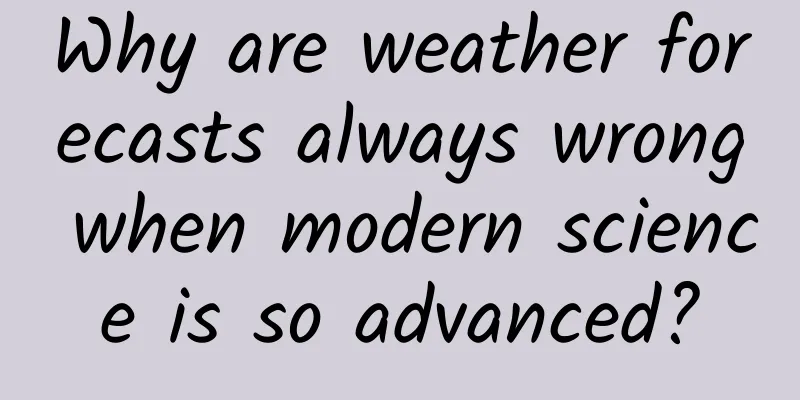The efficacy and function of Xinjiang peony

|
In today's society, health preservation seems to be an eternal topic. Nowadays, many people like to use some Chinese medicinal materials to regulate their bodies, because these medicinal materials are natural and pollution-free. Here we will introduce to you the medicinal material Xinjiang peony. 【English name】 Xinjiang Peony Root [Source] It is the root of Paeonia sinjiangensis KYPan, a plant of the Ranunculaceae family . Dig up the roots in spring and autumn, remove the residue and dry them in the sun. [Original morphology] Perennial herb, completely glabrous. Root cylindrical, much branched. The stem height is 40 to 80 cm. The leaves are twice-trifoliate, with a broad ovate outline; the leaflets are pinnately divided, with narrow lanceolate lobes and entire margins; the petiole is 1 to 5 cm long. The red flower is solitary at the top of the stem; there are 5 sepals, ovate, 3 to 5 bracts, lanceolate; there are 2 to 4 (~5) carpels; the fruit is ovate, and the seeds are black. The flowering period is from June to July, and the fruiting period is from July to August. [Habitat distribution] Growing under forests on hillsides. Mainly produced in Xinjiang. [Properties] The root is cylindrical, slightly twisted, with a diameter of 0.5 to 4 cm. The surface is gray-brown and wrinkled, with visible rootlet marks and transversely protruding lenticels; sometimes flaky scars formed by the shedding of the cork can be seen. It is hard and brittle, with a yellow-white or lavender cross-section; the bark is narrow, sometimes separated from the wood, the wood has obvious radial texture, and sometimes there are cracks between the radial texture of the wood. It has a fragrant aroma and a slightly sweet and astringent taste. [Chemical composition] Contains paeoniflorin, and also contains small amounts of oxypaeoniflorin, aibiriorin and benzoic acid. [Functions and indications] This product is used as red peony root in Xinjiang. 【Excerpt】 《*Dictionary》 The above is a brief introduction to Xinjiang peony. Through this we can understand that Xinjiang peony contains a variety of nutrients, which are very effective in treating and preventing some diseases. In daily life, everyone can eat it under the guidance of relevant people. |
<<: The efficacy and function of Xinjiang Lithospermum officinale
>>: The efficacy and function of Xinjiang Akebia
Recommend
"Golden Cudgel" across the sea? A rare wonder appeared in one place
Suddenly a "golden hoop stick" appeared...
The efficacy and function of the root of Psoralea corylifolia
The root of the hairy-leaved white powder vine is...
Why do you want to pee standing up when you take a shower? Don't be surprised, it's related to physiological factors
Recently, when I was surfing the Internet, I saw ...
What is the medicinal value of toad heart?
Many people know that toads look like frogs, but ...
Shenling Baizhu Pill
Shenling Baizhu Pill is a good medicine for clini...
The efficacy and function of ghost lanterns
Ghost lantern is a traditional Chinese medicine. ...
The efficacy and function of Taibai rice
What are the functions of Taibai rice? As a tradi...
Why is Sanya an ideal destination for winter escape?
Get exclusive wallpaper at the end of the article...
Can coptis root plus rock sugar cure bad breath?
Coptis chinensis and rock sugar can generally hel...
The efficacy and function of Yangqing
Many people are not very clear about Yangqing, so...
How to measure the height of a tiger? First make a curry-flavored ruler | Natural Trumpet
Welcome to the 42nd issue of the Nature Trumpet c...
The efficacy and function of the large-bracted mulberry
With the development of society and the close int...
The efficacy and function of small leaf black face leaf
Although Western medicine and Western drugs are m...
The "huge grid" that wraps the earth - the longitude and latitude coordinate system
I believe that most people in modern society use ...
The efficacy and function of black tower
Black Pagoda is one of the common traditional Chi...









